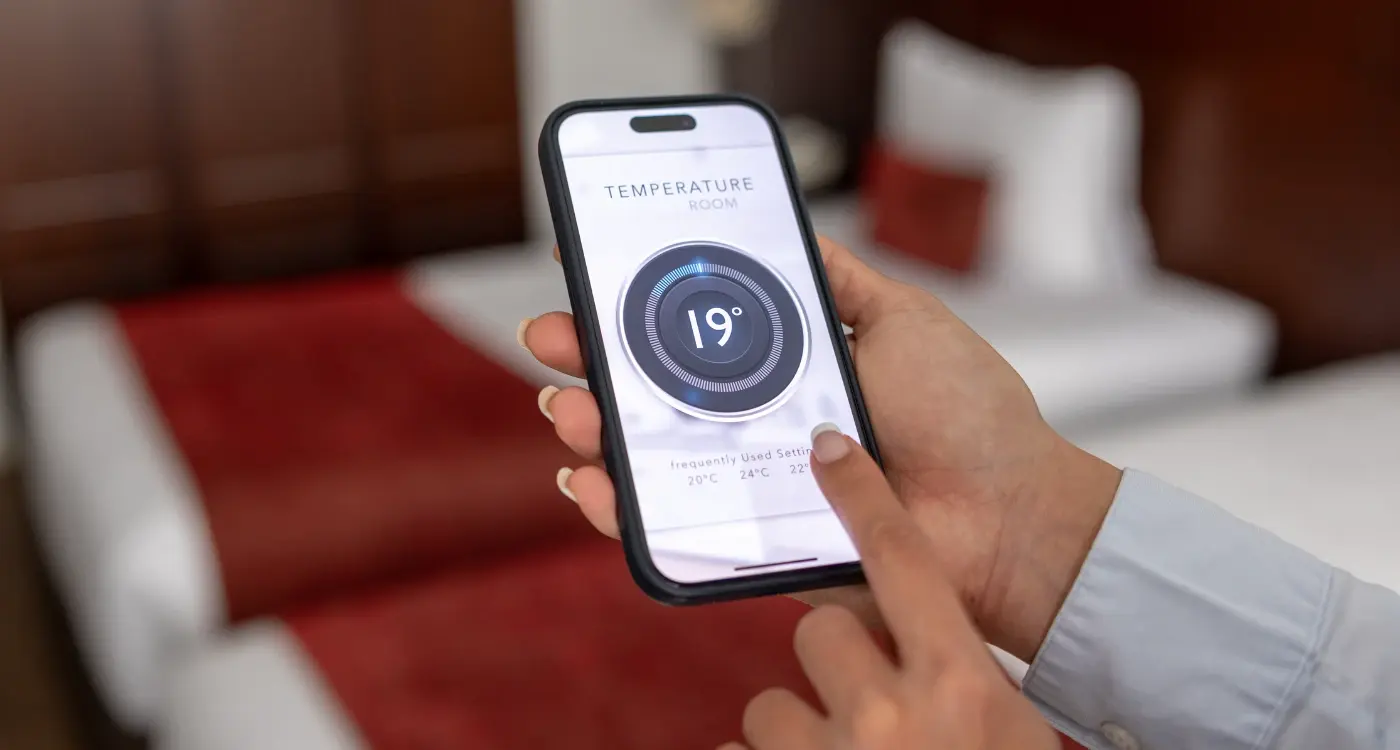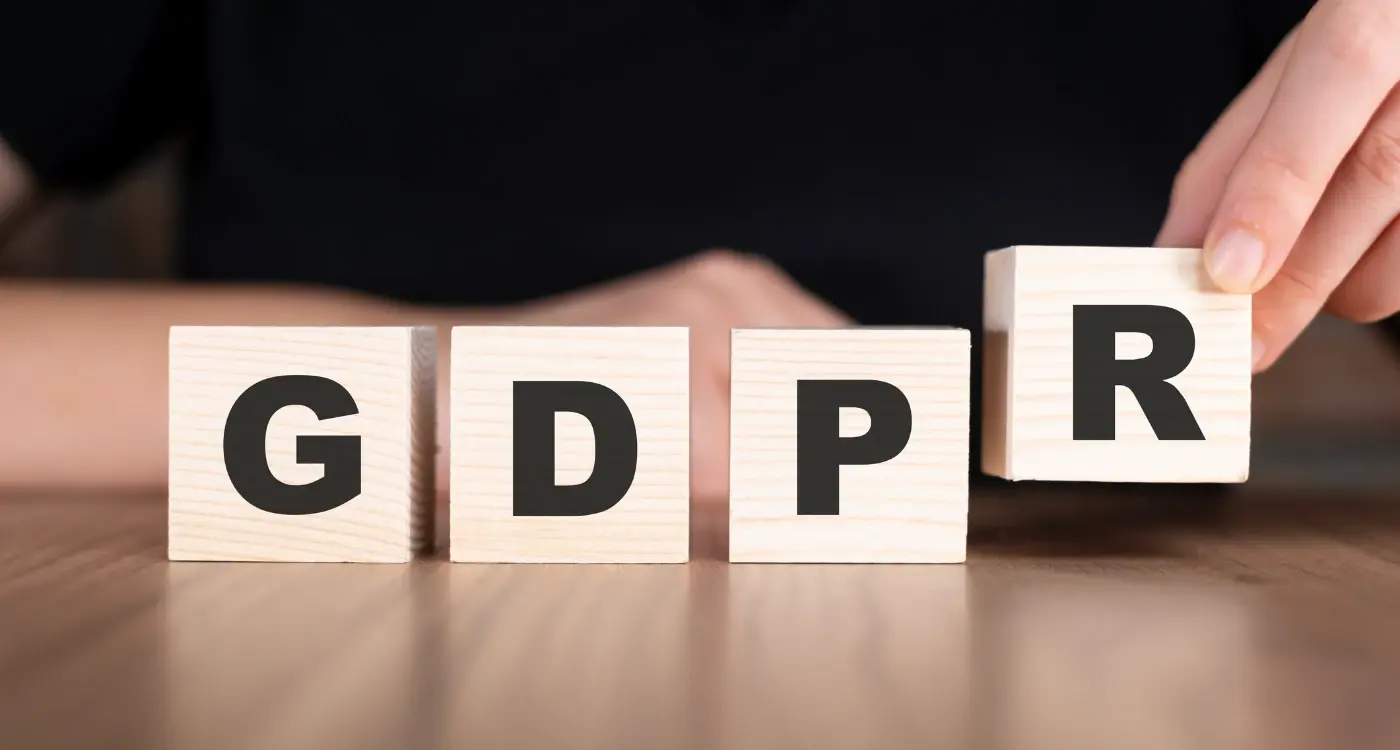How Do You Prepare for Data Protection Regulatory Reviews?
A fitness tracking app launched with great fanfare, collecting everything from heart rates to sleep patterns to location data. The developers thought they were building the next big thing in health tech. Then came the regulatory review. Data protection authorities started asking questions about consent mechanisms, data retention periods, and cross-border transfers. The company scrambled to find documentation, realised their privacy policy was outdated, and discovered they couldn't easily delete user data when requested. What should have been a routine compliance check turned into months of legal fees and development work to fix fundamental privacy issues.
This scenario plays out more often than you'd think. Mobile apps collect vast amounts of personal data—from basic contact information to sensitive health records, location tracking, and behavioural patterns. Yet many developers treat data protection compliance as an afterthought, something to sort out later. That's a risky approach when regulatory authorities have real teeth and can impose hefty fines or even force apps off the market.
The best time to think about data protection compliance is before you write your first line of code, not after regulators come knocking.
Whether you're dealing with GDPR in Europe, CCPA in California, or emerging privacy laws worldwide, the regulatory landscape for mobile app privacy is getting stricter. The good news? Preparing for regulatory reviews doesn't have to be overwhelming if you approach it systematically. This guide walks through everything from understanding which laws apply to your app, to building privacy into your development process, to maintaining the documentation that regulators want to see. Let's start with the foundation—understanding what data protection laws actually require from mobile apps.
Understanding Data Protection Laws
When you're building a mobile app, data protection laws aren't just legal jargon you can ignore—they're the rules that govern how you handle every piece of user information your app touches. I've watched countless app developers get caught off guard by these regulations, thinking they could sort it out later. Trust me, that's not a strategy you want to follow.
The big players in data protection are GDPR in Europe, CCPA in California, and a growing number of similar laws popping up worldwide. Each has its own requirements, but they all share common principles: transparency about what data you collect, getting proper consent from users, and giving people control over their information.
Key Legal Requirements
GDPR affects any app that processes data from EU users—regardless of where your company is based. The fines can reach 4% of your annual revenue, which makes it worth paying attention to. CCPA covers California residents and includes the right to know what personal information is collected and the right to delete it.
- Lawful basis for processing personal data
- Clear privacy notices and policies
- User consent mechanisms
- Data subject rights (access, deletion, portability)
- Data breach notification procedures
- Privacy by design principles
Planning for Compliance
The smart approach is building compliance into your app from day one rather than retrofitting it later. This means understanding which laws apply to your users, what data you actually need to collect, and how you'll handle user requests. Different jurisdictions have different requirements for things like age verification, consent mechanisms, and data retention periods—so you'll need to map out your user base early on.
Identifying Your App's Data Collection
Right then, let's get into the nitty-gritty of what data your app actually collects. This is where many developers get a bit overwhelmed—not because it's particularly difficult, but because they simply haven't been thinking about data collection from day one. The truth is, most apps collect far more data than their creators realise.
Start by mapping out every single piece of information your app touches. User accounts need email addresses, passwords, and often profile photos. Location services grab GPS coordinates. Push notifications require device tokens. Analytics tools—and let's be honest, everyone uses them—collect usage patterns, device information, and user behaviour data. Even something as simple as crash reporting collects technical data about your users' devices.
Create a simple spreadsheet listing every data point your app collects, why you collect it, where it's stored, and who has access to it. This becomes your data inventory—your bible for regulatory reviews.
Third-Party Services Are Data Collectors Too
Here's what catches people out: third-party SDKs and services. That payment processor you're using? It's collecting transaction data. Your social media login integration? It's grabbing profile information. Each service you integrate potentially adds to your data collection footprint, and you're responsible for all of it under GDPR compliance requirements.
Documentation Is Your Best Friend
Once you've identified everything, document it properly. Regulatory reviews aren't just about having good mobile app privacy practices—they're about proving you have them. Write down what you collect, why you collect it, how long you keep it, and what happens when users want it deleted. This documentation becomes the foundation for your privacy policy and your defence during any regulatory data requirements review.
Building a Privacy-First Development Process
When I first started building mobile apps, privacy was often an afterthought—something we'd bolt on at the end if we remembered. Those days are long gone. Now, privacy needs to be baked into every stage of your development process from day one.
The shift to privacy-first development means thinking about data protection before you write a single line of code. It's about asking the right questions early: what data do we actually need? How long should we keep it? Where will it be stored? These aren't just legal questions—they're fundamental design decisions that shape your entire app.
Core Privacy-First Principles
Building privacy into your development process starts with understanding a few key principles that should guide every decision you make:
- Collect only the data you absolutely need for your app to function
- Give users clear control over their personal information
- Design your data flows with security and minimisation in mind
- Make privacy settings easy to find and understand
- Build consent mechanisms that are genuine, not manipulative
Practical Implementation Steps
Start by conducting privacy impact assessments during your planning phase—not after you've built everything. Map out exactly what personal data your app will collect, process, and store; then challenge each data point to prove its necessity.
Your development team should include privacy by design principles in every sprint review and code review. Make data minimisation a technical requirement, not just a compliance checkbox. When you're designing user interfaces, put privacy controls front and centre rather than burying them in settings menus.
Remember, privacy-first development isn't just about avoiding regulatory trouble—it builds user trust and often results in cleaner, more focused apps that perform better anyway.
Creating Compliant Privacy Policies
Writing a privacy policy that actually meets data protection compliance standards isn't just about ticking boxes—it's about creating a document that genuinely informs users about what happens to their data. I've seen too many apps with privacy policies that read like they were written by robots for robots, and frankly, that's not going to cut it when regulators come knocking.
Your privacy policy needs to cover the basics in plain English. What data you collect, why you collect it, who you share it with, and how long you keep it. Sounds simple, right? Well, it should be, but many developers overcomplicate things or leave out important details that could land them in hot water during a regulatory review.
Making It Actually Readable
Here's the thing about mobile app privacy policies—people need to understand them on their phones. That means short paragraphs, clear headings, and no legal jargon that requires a law degree to decipher. Your users are scrolling through on a small screen, probably whilst doing something else, so make it scannable.
The best privacy policy is one that users actually read and understand, not one that simply covers all the legal bases
Don't forget to include specific details about mobile app privacy requirements like location tracking, push notifications, and camera access. GDPR compliance means being transparent about your legal basis for processing data, and you'll need to explain this clearly. Keep your policy updated whenever you change how your app handles data—stale policies are a red flag for regulators and can seriously undermine your regulatory data requirements compliance efforts.
Implementing User Consent Systems
Getting consent from your users isn't just about ticking a box—it's about building trust and staying on the right side of data protection laws. When someone downloads your app, they need to know what data you're collecting and why, and they need to give you permission to do it.
The key thing to remember is that consent must be freely given, specific, informed, and unambiguous. That means no more sneaky pre-ticked boxes or buried consent forms that users accidentally agree to. People should understand exactly what they're saying yes to, and they should be able to say no without your app breaking or becoming unusable.
Types of Consent You'll Need
Different types of data require different approaches to consent. Personal data like names and email addresses need clear opt-in consent. Location data is particularly sensitive—users must actively choose to share it. Push notifications need permission too, though this is often handled by the device's operating system.
- Personal information (name, email, phone number)
- Location data (GPS, approximate location)
- Device information (camera, microphone, contacts)
- Usage analytics and tracking data
- Marketing communications
Making Consent User-Friendly
Nobody likes consent forms, but they don't have to be painful. Use clear, simple language that explains why you need each piece of data. Show the consent request when it's relevant—ask for location permission when the user tries to use a map feature, not during onboarding. Always give users granular control; they might be happy to share some data but not others. And remember, consent isn't a one-time thing—users should be able to change their minds later through your app's settings.
Preparing Documentation for Reviews
When regulators come knocking—and they will—you need to have your paperwork sorted. I've watched companies scramble around trying to piece together their data protection compliance documentation at the last minute, and it's not pretty. The good news? If you've been following a proper privacy-first development process, most of the hard work is already done.
Your documentation package should include three main components: your data mapping records, consent management logs, and technical safeguards documentation. Data mapping records show exactly what personal information your app collects, where it comes from, how long you keep it, and who you share it with. This isn't just a nice-to-have—GDPR compliance demands that you can demonstrate these data flows clearly.
Building Your Evidence Trail
Consent management logs are your proof that users actually agreed to your data processing activities. These need to show when consent was given, what specific permissions were granted, and any changes or withdrawals. Your technical documentation should cover security measures like encryption, access controls, and data breach response procedures.
Keep your documentation updated in real-time rather than trying to reconstruct it later. Every app update that changes data collection should trigger a documentation review—it's much easier than playing catch-up during a regulatory audit.
Making It Reviewer-Friendly
Regulators don't have time to decode complicated technical jargon or hunt through messy files. Present your mobile app privacy documentation clearly with executive summaries, visual data flow diagrams, and chronological timelines. Think of it as building a story that shows how seriously you take regulatory data requirements from design through to deployment.
Working with Legal and Compliance Teams
Getting lawyers involved in your app development might feel like inviting a strict headteacher to a party, but trust me—it's one of the smartest moves you can make. Legal and compliance teams aren't there to slow you down; they're there to make sure you don't accidentally break any rules that could shut your app down later.
The key is bringing them in early, not when you're already knee-deep in development. I've seen too many teams scramble at the last minute, trying to retrofit privacy features into an app that wasn't built for them. It's messy, expensive, and frankly avoidable.
What Legal Teams Need from You
Your legal team will want to understand exactly how your app works—not just the shiny user-facing bits, but the technical stuff too. They need to know what data you collect, where it goes, how long you keep it, and who else might see it. Don't try to simplify things for them; they can handle the complexity.
- Complete data flow diagrams showing where information travels
- Details about third-party services and integrations
- User journey maps highlighting data collection points
- Technical architecture documents
- Planned retention and deletion schedules
Making the Relationship Work
The best collaborations happen when developers and lawyers speak the same language—or at least try to. Schedule regular check-ins throughout development, not just at milestones. When legal raises concerns, listen. They're not being difficult; they're protecting your business from regulatory headaches that could cost you millions.
Remember, compliance isn't a one-time tick-box exercise. Laws change, your app evolves, and new features might introduce new risks. Keep that conversation going.
Managing Data Subject Rights
When you're building a mobile app, you're not just collecting data—you're taking on responsibilities. Data protection laws like GDPR give users specific rights over their personal information, and your app needs to be ready to handle these requests. It's not optional; it's the law.
Users can ask to see what data you have about them, request corrections, or demand you delete everything. They might want to take their data somewhere else or ask you to stop processing it altogether. These aren't unreasonable requests—they're fundamental rights that your app must support.
Building Response Systems
The tricky bit is making this work technically. You need systems that can quickly find a user's data across your entire app infrastructure. This means your database design matters from day one; scattered data is a nightmare when someone wants it deleted. Most successful apps build automated tools that can generate data reports and handle deletion requests without manual intervention.
The biggest mistake I see is treating data rights as an afterthought rather than building them into the app's architecture from the beginning
Response Times Matter
Under GDPR, you have one month to respond to most requests. That sounds generous until you realise how complex modern apps are. User data might live in your main database, analytics platforms, backup systems, and third-party services. Each one needs checking and potentially updating.
Smart developers create clear processes and designate specific team members to handle these requests. Having a plan means you won't panic when the first data subject request arrives—and trust me, it will arrive sooner than you think.
Conclusion
Getting your app ready for data protection regulatory reviews isn't something you can leave until the last minute—and honestly, you shouldn't want to. After eight years of helping clients navigate these waters, I can tell you that the apps which build privacy protections from the ground up always fare better than those trying to retrofit compliance later.
The process we've walked through might seem overwhelming at first glance, but break it down into manageable chunks and it becomes much more straightforward. Start with understanding what data your app actually collects; map out your privacy-first development process; get your consent systems working properly; create clear, honest privacy policies that real people can understand.
Documentation is your best friend when reviewers come knocking. Keep everything organised, up-to-date, and easily accessible. Your legal team will thank you for it—and more importantly, you'll sleep better knowing you're prepared. The investment in proper data protection processes pays dividends beyond just passing reviews; users trust apps that handle their data responsibly, and that trust translates into better retention and positive reviews.
Data protection regulations aren't going anywhere, and they're only getting stricter. Building these practices into your development workflow now means you're setting yourself up for success in the long term. Your app users deserve to know their data is being handled with care, and taking these steps shows you respect that responsibility. When the next regulatory review comes around, you'll be ready for it.
Share this
Subscribe To Our Learning Centre
You May Also Like
These Related Guides

What Permissions Do I Need for IoT Features in My App?

How Much Does It Cost to Make My App GDPR Compliant?



